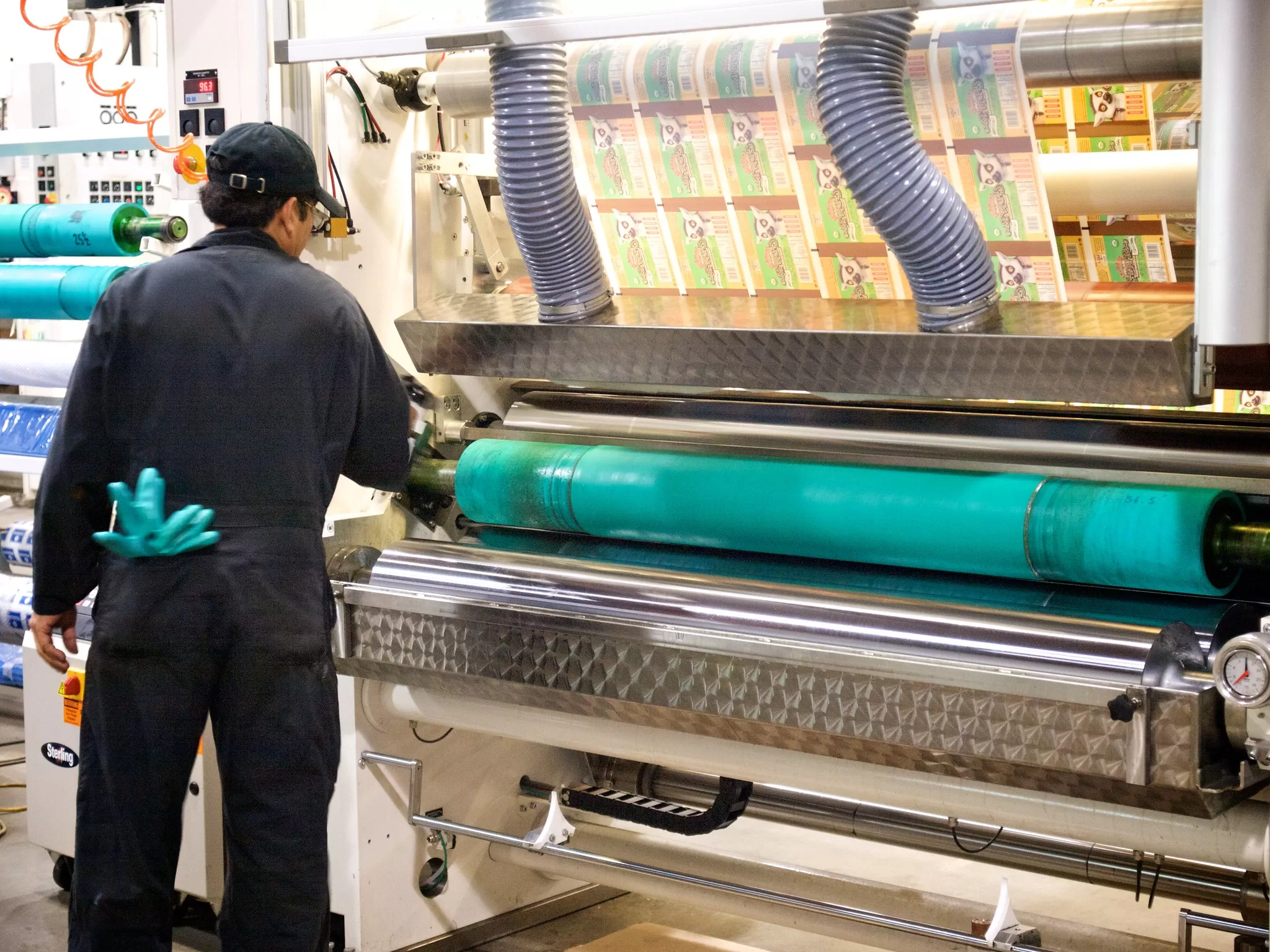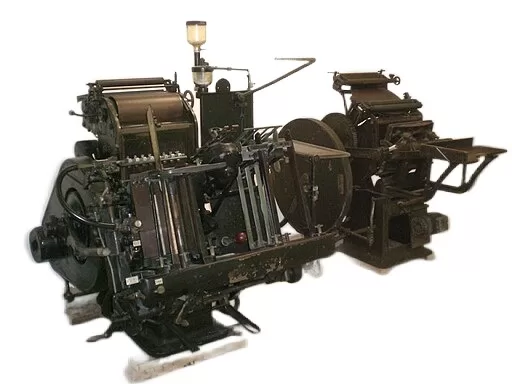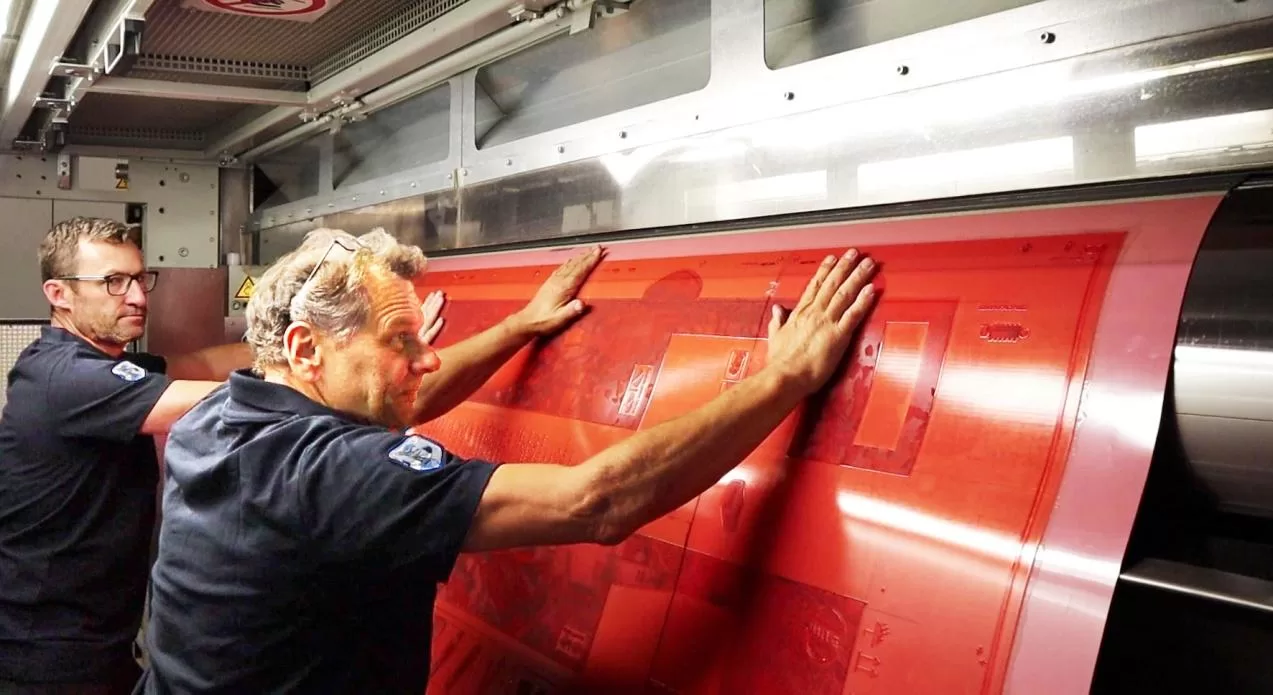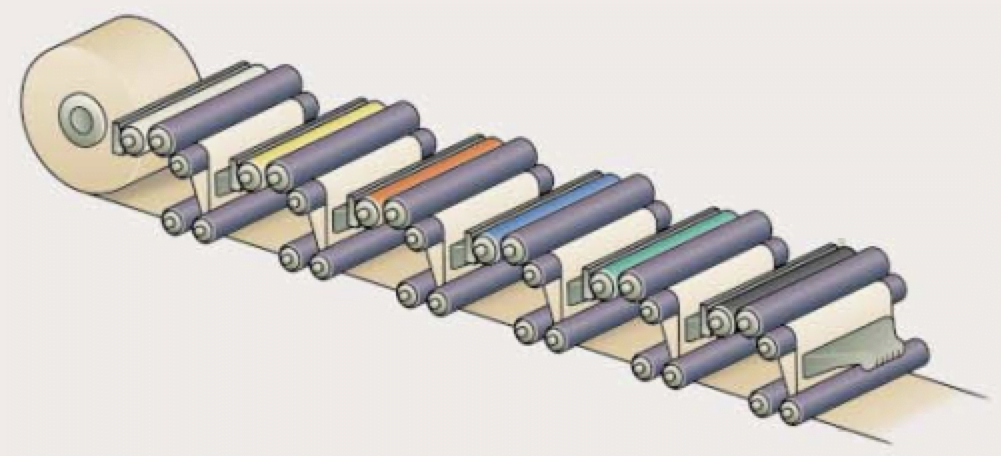The product is laminated in flexography using two different processes. The first is manual, and the second is automatic. Heat press, adhesive, and lamination are the components of the laminating process. In addition to helping to ensure an even image quality, lamination prevents air pockets and bubbles in prints.
Difference between manual lamination and automatic lamination
The difference between manual lamination and automatic lamination might be confusing if you are an expert at laminating products in flexography printing. The truth is, both techniques have their own strengths and weaknesses.
You need to understand the differences between them in order to make the best choice for your project.
A laminator that has an automatic feeding feature is required for manual lamination. As a result, the laminated product will go through the machine evenly and without any problems.
Although the edges of the product need to be smooth to prevent getting stuck during the lamination process, you must still be careful when setting up the machine.
The process of automatic lamination, however, is much faster and easier. Everything will be handled for you by this machine, including feeding the product through it,
Creating a finished product that is smooth on all sides. This type of automation does, however, have some disadvantages.
It can cause issues during lamination if a product has defects before it’s put through the machine.
Here are five tips for improving your laminating process:
1. Use an adhesive that bonds well to plastic surfaces at high temperatures.
2. Allow the adhesive to cool before applying pressure.
3. Apply pressure evenly and cautiously to avoid distorting or tearing laminated prints.
4. Always test a small piece of the laminated print beforehand to ensure that the adhesive has bonded correctly and that there are no air bubbles trapped inside
5. To prevent water damage, use a hair dryer set on low heat or aldehyde-free clothing (such as cotton) after lamination.
The advantages of laminating your flexography prints:
There are many benefits to laminating your flexography prints.
The most important advantage is that it will protect the prints from damage.
If a print is dropped, for example, the laminate will cushion the blow and prevent any damage to the print.
Additionally, laminating your prints will help keep them looking new for longer. The paint on the print will not wear away as quickly and the print will retain its color and clarity.
How to speed up the laminating process in flexography?
If you are looking to speed up the laminating process in flexography, there are a few things you can do.
First, make sure you have enough laminate material.
Second, use a heat gun to heat the laminate evenly.
Third, use a thinner film for your lamination.
Finally, make sure that you keep the temperature of the laminate consistent by moving it around frequently.
By doing these things, you can speed up the laminating process in flexography.
FAQs:
How to Rigid Laminates for Flexography Printing?
When it comes to flexography printing, you need a flexible substrate that can handle high pressure and heat. Rigid laminates are the best option for this because they have the ability to contract and expand with the temperature changes.
This means that the laminates will remain flat even when printed at extreme temperatures. Additionally, rigid laminates are not as susceptible to wrinkles and creases.
Conclusion
Flexography is the process of printing or otherwise reproducing letterforms by using a flexible film substrate.
A wide range of materials can be used for this purpose, including paper, plastics, and other substances.
The laminating process is often used in order to improve the print quality and allow multiple copies to be made without affecting the stiffness of the film substrate.






